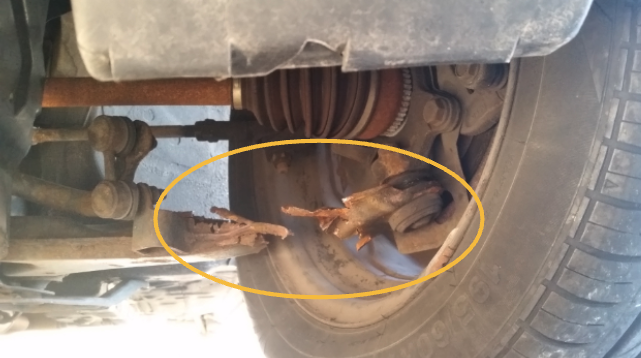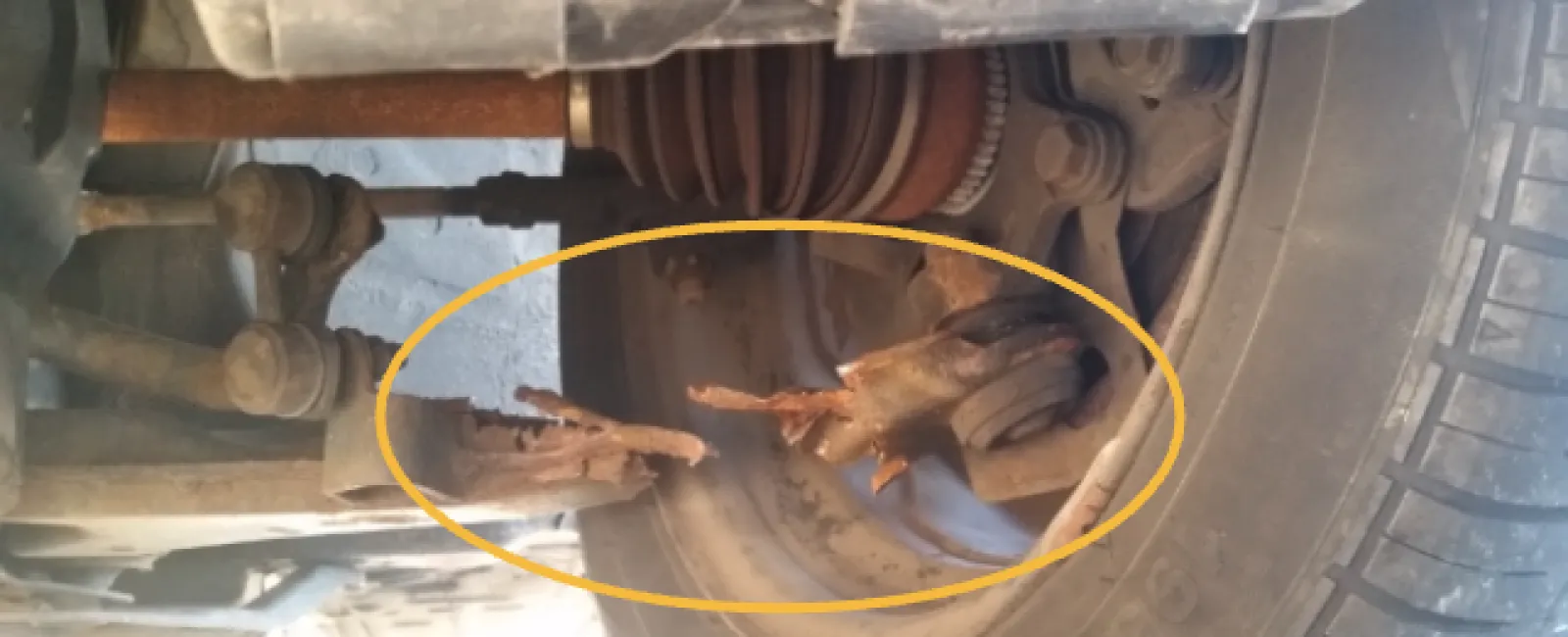If you've ever had to deal with suspension problems on your vehicle, you might have heard the term "control arm" thrown around. But what exactly are control arms, why are they so important, and how does rust threaten their integrity? More importantly, how can you protect them from rust damage?
What Are Control Arms?
Control arms are a critical part of a vehicle's suspension system. They connect the frame of your vehicle to the wheel assembly, allowing your wheels to move up and down smoothly while keeping them aligned properly. Control arms work in tandem with ball joints and bushings to provide stability, ensuring that your ride is comfortable and your tires maintain proper contact with the road.
There are typically two types of control arms:
- Upper and lower control arms: Found in double wishbone suspension setups, commonly used in trucks and SUVs.
- Single control arms: Often seen in MacPherson strut suspensions, used in many modern passenger cars.

Why Are Control Arms Susceptible to Rust?
Control arms are usually made of steel or aluminum, and in many vehicles, they are located in areas highly exposed to road grime, salt, and moisture. This makes them particularly vulnerable to rust, especially in regions where roads are salted during winter or near coastal areas with salty air.
Over time, if rust is left unchecked, it can weaken the metal, leading to corrosion and potential failure. This is especially concerning because control arms are essential to steering and suspension stability.
What Happens When Control Arms Fail?

When rust compromises the integrity of a control arm, several issues can arise:
- Steering Problems: A damaged control arm can throw off your wheel alignment, causing pulling to one side or difficulty steering.
- Unstable Handling: Since control arms help maintain contact between the tires and the road, failure can lead to excessive vibrations, clunking noises, or even unpredictable movements.
- Safety Risks: In severe cases, a rusted control arm can snap while driving, leading to a total loss of control, which can result in a severe accident.
How to Prevent Control Arm Rust with Lanolin Undercoating
The best way to prevent control arms from rusting is by applying a protective undercoating, and lanolin-based undercoating is one of the best solutions available. Here's why:
- Creates a Moisture Barrier: Lanolin repels water, preventing it from reaching metal surfaces where rust can form. It sticks to metal surfaces like a thick mucus, and resists washout.
- Long-Lasting Protection: Unlike some undercoatings that dry out and crack, lanolin remains wet and continues to protect over time.
- Safe for Rubber and Bushings: Unlike petroleum-based products, lanolin won't degrade the rubber bushings attached to control arms.
By applying lanolin undercoating to your control arms and other critical suspension components, you can extend their lifespan, reduce the risk of costly repairs, and ensure your vehicle remains safe to drive.
Final Thoughts
Your vehicle's control arms play a crucial role in handling, steering, and overall safety. Protecting them from rust is essential, especially if you live in an area with harsh weather conditions. Lanolin undercoating is a simple yet effective way to shield these components from corrosion and keep your vehicle running smoothly for years to come.
Want to learn more about how lanolin undercoating can protect your vehicle? Contact us today and let us help you keep rust at bay!
